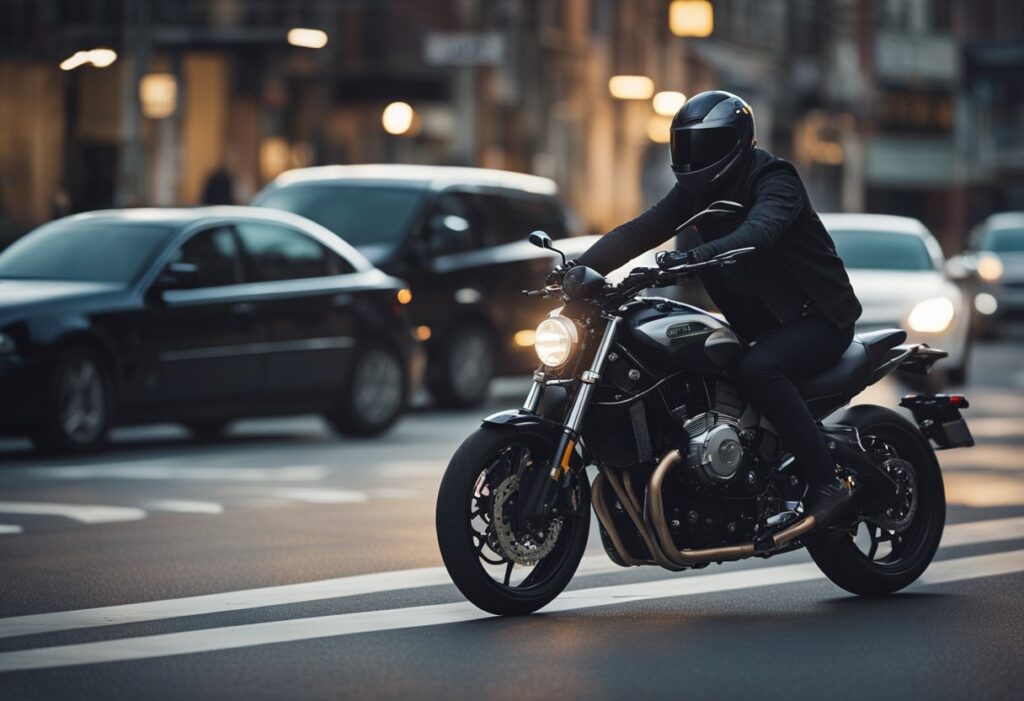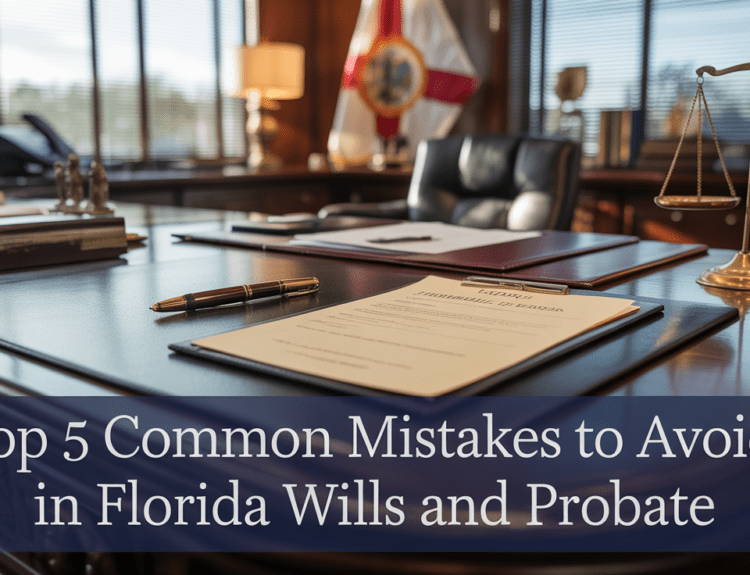Riding a motorcycle can be an exhilarating experience, but it also comes with significant risks. Motorcycle accidents often occur due to a combination of factors including driver negligence, road conditions, and mechanical failures. By understanding the top causes of these accidents, riders can take steps to improve their safety on the road.
Contents
Understanding Motorcycle Accident Causes
Motorcycle accidents often stem from a mix of human error, environmental factors, mechanical failures, and the actions of other drivers.
Rider Error and Inexperience
Errors made by riders are a primary factor in many motorcycle accidents. New riders, or those with limited experience, may not fully grasp how to gauge speeds or maneuver safely in traffic. Overconfidence and lack of defensive riding skills also play significant roles.
Common mistakes include improper braking and cornering. New riders are encouraged to take professional training courses to build skills and confidence. Consulting with a motorcycle crash attorney near me can also be crucial if an accident occurs, as they are familiar with local regulations and insurance claims processes.
Visibility and Road Conditions
Motorcycles are less visible than cars, which frequently leads to accidents. Poor lighting and blind spots can contribute heavily, as well as adverse weather such as rain or fog. Riders need to wear bright or reflective clothing and use headlights even during daytime.
Road conditions like gravel, potholes, or slick surfaces pose added risks. Keeping an eye on weather forecasts and maintaining a safe following distance can alleviate some of these hazards.
Defective Motorcycle Parts
Accidents can occur due to faulty parts. These may include brake failure, tire blowouts, or engine malfunctions, which are extremely dangerous at high speeds. Routine maintenance and regular checks can prevent such issues. Manufacturers recall defective parts, so staying informed about recalls is crucial.
If a defect causes an accident, legal action may be necessary. In these cases, consulting an attorney who specializes in motorcycle accidents is beneficial.
Negligent Car Drivers
Many motorcycle accidents happen because of other drivers not noticing the motorcycle or failing to yield. Cars making left turns in front of motorcycles are a common scenario. Distracted driving, such as mobile phone use, also contributes significantly.
Riders can reduce risk by staying out of blind spots and anticipating the moves of nearby vehicles. In cases where negligence is involved, seeking advice from a McDonough Motorcycle Accident Lawyer can be a critical step in ensuring the rider’s rights are protected.
Preventative Strategies and Safety Tips

Riders can significantly reduce the risk of motorcycle accidents by focusing on skill enhancement, using appropriate safety gear, staying aware of their surroundings, and maintaining their motorcycles properly.
Enhancing Skills through Training
Participating in motorcycle safety courses is crucial for both new and experienced riders. These programs teach essential riding skills such as maneuvering techniques, braking efficiency, and defensive driving strategies. Completing an advanced course helps in building confidence and mastering complex riding conditions.
Regular practice reinforces these skills, making them second nature. Riders benefit from frequently revisiting training content and hands-on experience. Group rides with experienced motorcyclists also provide practical learning opportunities.
Utilizing Safety Gear
Wearing appropriate safety gear is essential in protecting riders in the event of an accident. This includes a DOT-approved helmet, which reduces the risk of head injury, protective jackets, pants, and gloves made from abrasion-resistant materials like leather or Kevlar.
Reflective materials on clothing increase visibility to other drivers, especially in low-light conditions. Proper footwear with non-slip soles provides better control and balance when riding. Regularly inspecting gear for wear and tear ensures optimal protection.
Awareness of Surroundings
Motorcyclists should constantly scan their environment, noting potential hazards such as road debris, weather conditions, and traffic patterns. Anticipating the actions of other drivers by maintaining a safe distance and using mirrors effectively contributes to safer rides.
Avoiding blind spots of larger vehicles by positioning the motorcycle where it is visible helps prevent collisions. Staying alert and minimizing distractions, such as mobile phones and music, ensures that riders can react quickly to any changes in their surroundings.
Maintaining the Motorcycle
Regular maintenance checks are critical for ensuring that a motorcycle is safe to ride. This includes inspecting tires for adequate tread depth and proper pressure, as underinflated or worn tires can cause loss of control. Brake efficiency should be tested frequently to ensure optimal performance.
Oil changes and fluid level checks are necessary for engine health and smooth operation. Checking lights and signals before each ride ensures visibility to other road users. Keeping a maintenance log helps track service history and prevent oversight.




